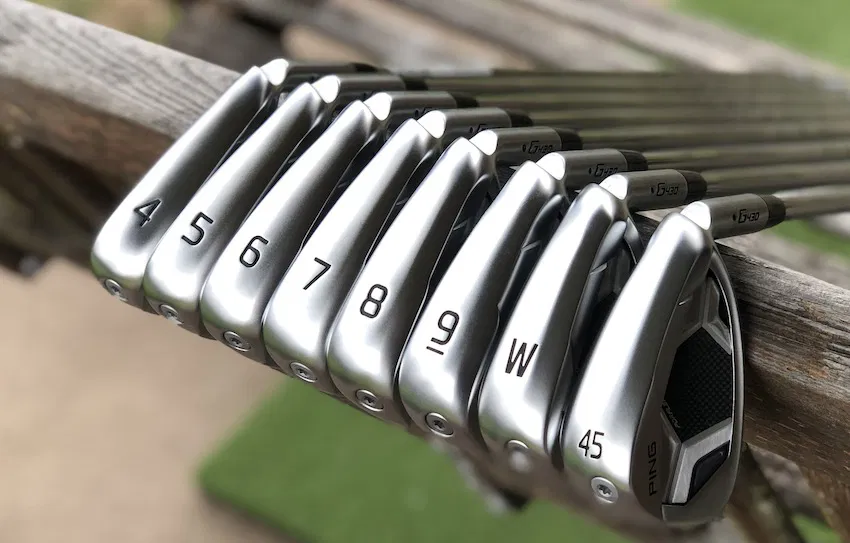TaylorMade has taken its fair share of criticism over the years for bold claims like “17 yards longer.” It seems those jokes may have left a mark, as there are no such promises with the new M1 and M2 drivers. That said, this might be the first time I genuinely believe a driver actually goes farther than most. Which is why, I write this TaylorMade M1 vs M2 driver review.
Over the years, I’ve hit enough drivers to confidently say that, for the most part, they all go about the same distance. It usually comes down to personal preference or the good vibes you associate with your go-to club. For the past year, I’ve been playing the PING G25. I found it delivered similar distance to other drivers but stood out for its forgiveness. I was so comfortable with the G25 that I was hesitant to even test the M1 and M2.
However, I have a long-standing history with TaylorMade and have always appreciated their equipment. Currently, I carry the RSi2 irons and a RocketBallz 3-wood in my bag, so adding another TaylorMade wood helps make my set feel more consistent.
TaylorMade M1 vs M2 Driver: The Basics
At first glance, it’s difficult to distinguish between the M1 and M2 drivers they look nearly identical from address. From above, both have a sleek, modern appearance that exudes confidence and performance.
Visually, these drivers are impressive. The combination of clean lines, a matte crown, and subtle alignment cues makes them incredibly easy to set up behind the ball. Whether you’re on the tee box or at the range, they inspire a sense of precision and power.
TaylorMade clearly put thought into the aesthetics as well as the functionality. For golfers who appreciate a driver that not only performs but also looks sharp in the bag and at address, both the M1 and M2 deliver in spades.
Tell The Difference which is which
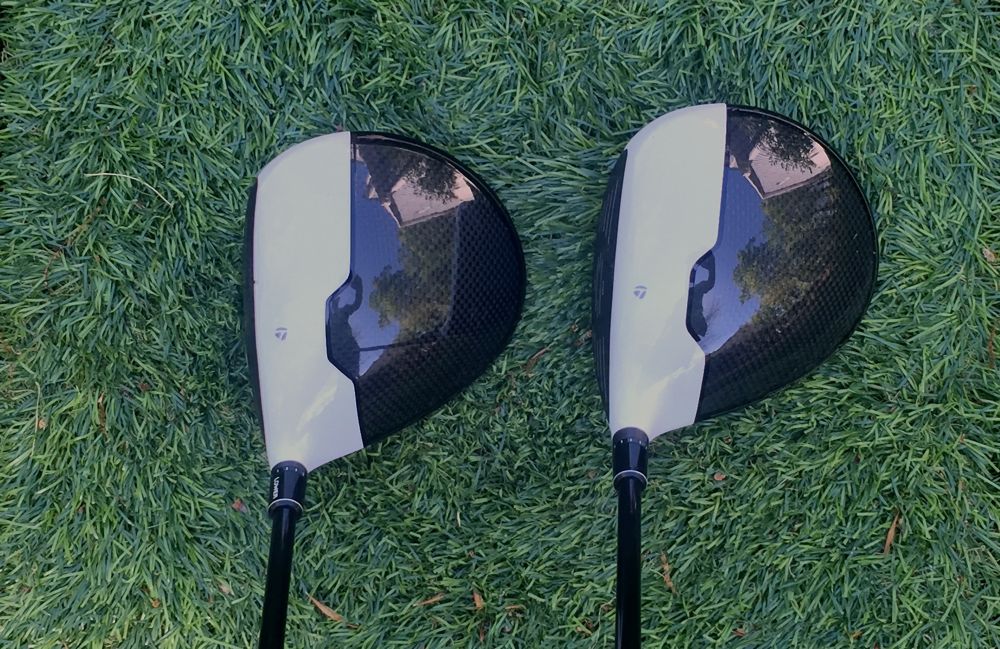
Flip the M Series drivers over, and that’s where the key differences between the M1 and M2 become more apparent. While they look almost identical from above, the sole of each driver tells a different story especially when it comes to adjustability.
The TaylorMade M1 is designed with advanced customization in mind. It features the T-Track system, which allows you to adjust not only the loft but also fine-tune the weight distribution both laterally (fade/draw) and longitudinally (front/back). This means you can really dial in your preferred ball flight and spin characteristics based on your swing and course conditions. It’s an ideal option for the golfer who enjoys tweaking their setup for optimal performance.
The M2, on the other hand, is a bit more straightforward. It only offers loft adjustability, which simplifies the setup and is perfect for players who prefer a more “plug-and-play” driver without worrying about weight settings. While the M2 lacks the T-Track system, it’s still engineered for high performance with a focus on forgiveness and distance.
There are other technical distinctions as well such as differences in center of gravity placement, moment of inertia (MOI), and sweet spot size but for the average golfer, the most noticeable and practical difference is the M1’s enhanced adjustability. It really comes down to what kind of player you are: one who wants total control over every variable, or one who prefers simplicity and consistency.
You may read Best Golf Irons 2025: Our Guide To The Best Of The Best
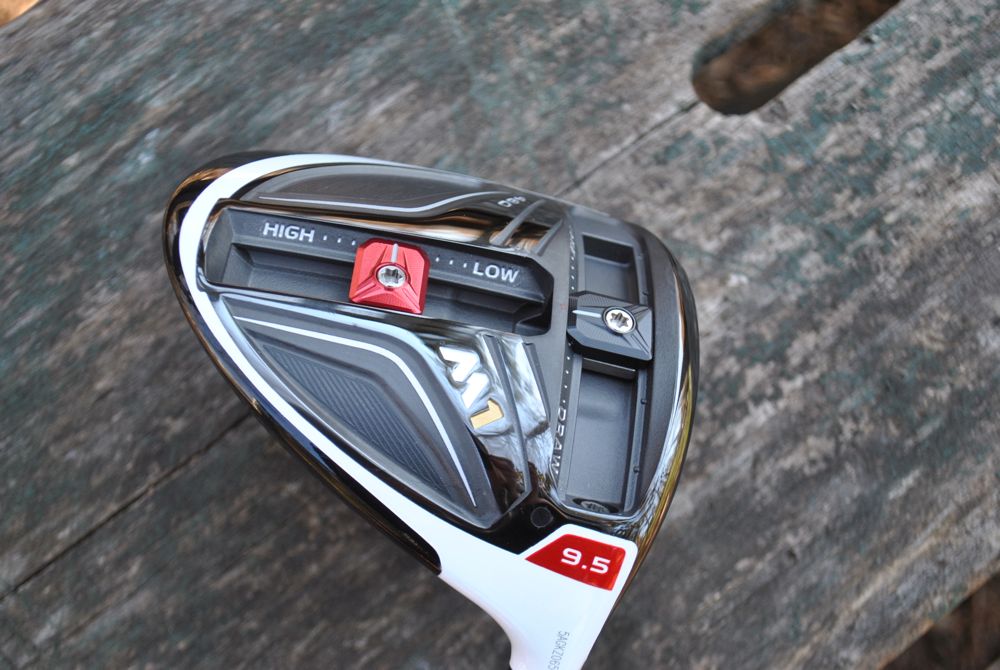
Testing Methodology:
Testing drivers is more challenging than it might seem at first. There are generally two schools of thought when it comes to evaluating performance. The first believes testing should be done in a simulator, where you can capture detailed launch data clubhead speed, ball speed, spin rate, carry distance, dispersion, and more. The second approach emphasizes testing on the golf course, where real-world factors like wind, terrain, pressure, and shot variety come into play.
In my opinion, the best way to evaluate a driver is by combining both methods. A simulator provides objective, measurable data that can help identify patterns and optimize your setup. For those looking for a deep dive into numbers and analytics, I highly recommend checking out resources like MyGolfSpy, which offers comprehensive, data-driven reviews and comparisons.
However, there’s also invaluable insight to be gained from on-course testing. This is where you experience how a driver performs under real playing conditions when you’re not always swinging at full throttle, and where factors like course management, confidence, and mental focus start to influence your swing. Sometimes a driver that performs well in a simulator just doesn’t “feel” right on the course, while another might surprise you with consistent performance in pressure situations.
Ultimately, the best driver for you isn’t just the one that looks good on a launch monitor it’s the one that inspires confidence, performs reliably under real-world conditions, and fits your personal playing style. Blending hard data with real-life experience provides the most complete picture and helps you make a truly informed choice.
Initial Thoughts:
Before I even hit a ball with the TaylorMade M1 or M2, I immediately noticed that the shaft felt stiffer than most regular flex shafts I’ve used. Shaft technology, admittedly, is a confusing topic not just for me, but for a lot of golfers. That said, I do understand that the shaft plays a significant role in overall performance.
The smart move, of course, would be to get properly fitted for the right shaft based on your swing speed, tempo, and launch conditions. But I’ll be honest I’m not that guy. Still, my curiosity got the better of me, so I reached out to TaylorMade to get some insight on the stock shaft.
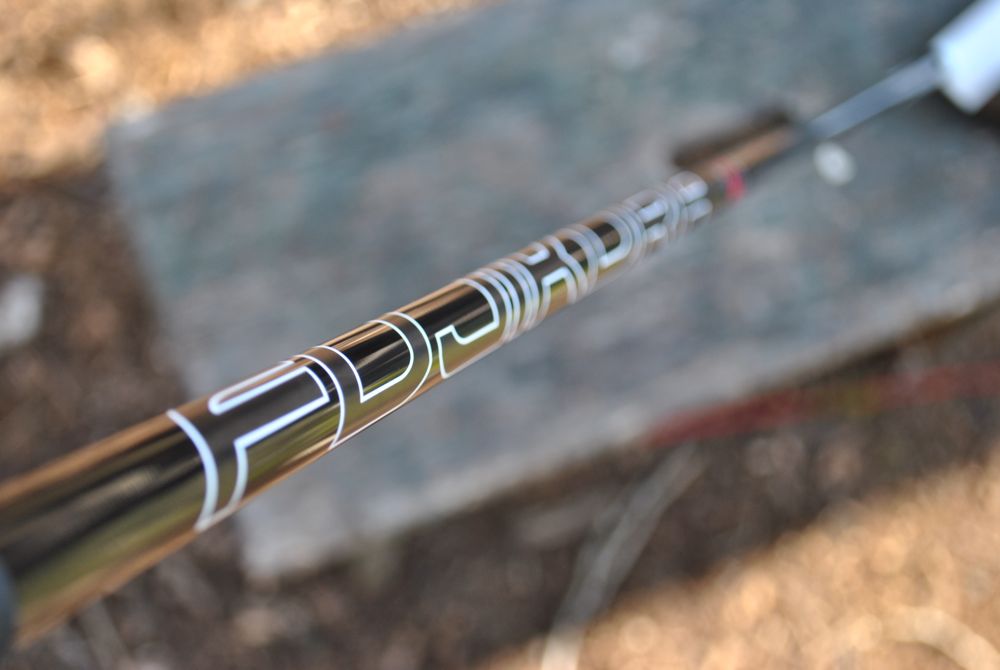
As it turns out, they’ve made some upgrades. The standard shaft offering for both the M1 and M2 is now the Fujikura Pro 60, which is a higher-quality option than what’s typically included as a stock shaft. In fact, there are three different shaft options available at no upcharge, giving players a bit more flexibility to find a setup that suits their swing.
Even if you’re not deep into the technical details of shafts, it’s clear that TaylorMade has put some thought into the components, offering a better starting point for performance right out of the box.
TaylorMade M1 On-Course Results:
Since I would be testing two drivers, my plan was to start with the M1 for a few rounds, then switch to the M2, and eventually mix things up by hitting both drivers on select holes. As a baseline, my driver swing speed is around 97 mph, and I generally hit a fairly straight ball. My maximum driving distance is about 265 yards.
I don’t rely much on simulators because I’ve played my home course roughly 1,000 times and know exactly how far I typically drive the ball on each hole. For my first round with the M1, I played an away course, so I couldn’t be sure about the distance, but I felt like I was hitting the ball well—though I also noticed I was more offline than usual.
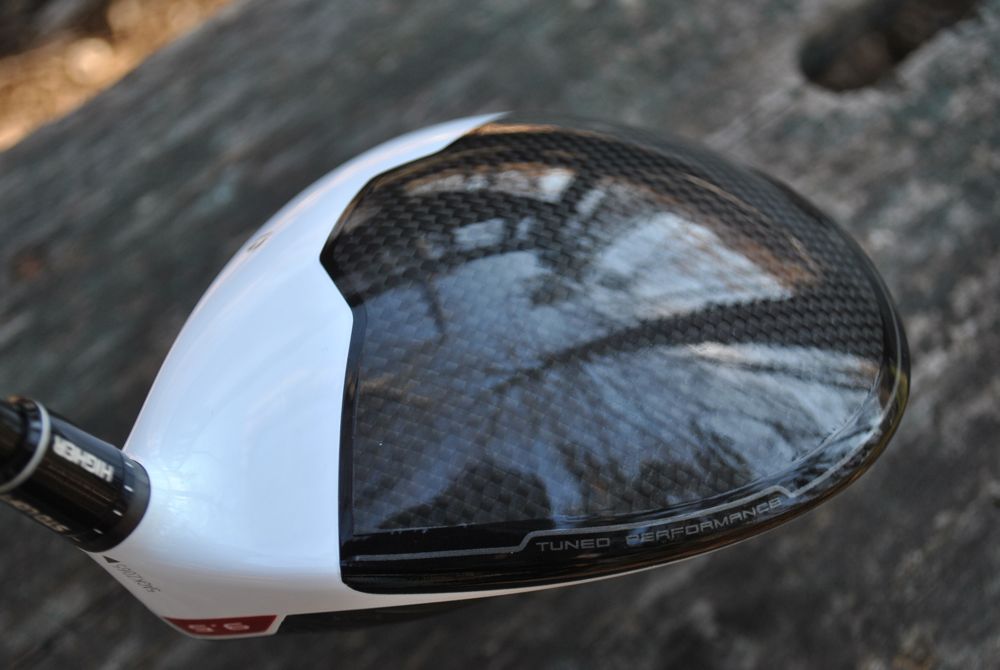
It wasn’t until I brought the M1 back to my home course that I realized something was different. On three specific holes, I found myself farther down the fairway than I had ever been before. In golf, there are countless variables wind, turf conditions, ball choice, even your mojo on a given day so it’s risky to attribute performance solely to the driver. Still, this is exactly why I trust my home course experience. Over the next four or five rounds, I had similar results ending up in spots I had never reached before. In fact, people began commenting that they had never seen me hit the ball that far.
What makes this even more surprising is that I’m coming off two surgeries and had played very little golf leading up to this test. Without violating any HIPAA rules, you’ll just have to take my word for it: my body shouldn’t be capable of setting personal distance records right now yet that’s exactly what was happening.
Is the M1 longer than most drivers?
Certainly, my testing suggests that the TaylorMade M1 driver delivers added distance but is that due to the club itself, or simply because I finally took the time to customize the settings? That’s not an easy question to answer. I do believe that adjusting the settings improved my ball flight, and perhaps my long-standing reluctance to tweak equipment was holding me back from getting the most out of previous drivers.
Still, after seven rounds, the results were clear: the M1 was longer than any driver I’ve played. I hesitate to make that claim, because I’ve always believed that most drivers perform similarly and that distance ultimately comes down to how well you’re swinging. Yet I can’t deny the consistent gains I saw with the M1.
The trade-off, however, is accuracy. I wasn’t hitting as many fairways with the M1 not by a huge margin, but enough to notice. It’s definitely less forgiving than my PING G25.
You may also like Stix Golf Clubs Review: A Complete Guide for 2025
Taylormade M2 On-Course Results:
After falling in love with the TaylorMade M1, I honestly had little motivation to even play a full round with the M2. I mean, I was hitting shorter approach shots on my home course why mess with something that’s clearly working? But for the sake of the readers, I powered through. It’s all about the readers, after all.
Now, keep in mind that aside from adjustability, there isn’t a huge difference between the M1 and M2. Without saying it outright, TaylorMade seems to position the M1 as the slightly longer driver, while the M2 is pitched as the more forgiving option. The M2 also features what TaylorMade calls a “Speed Pocket,” which is supposed to enhance both distance and forgiveness.
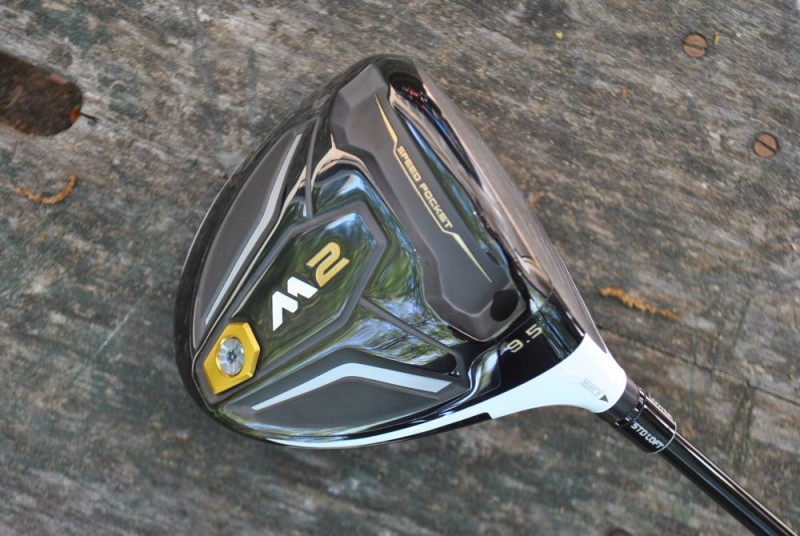
My testing with the M2 wasn’t as extensive as with the M1, but I did play two full rounds and mixed in some M1 drives on several holes for direct comparison. I wanted to confirm that the M1 was longer but the results didn’t support that conclusion definitively. In most side-by-side situations, when the ball flights were comparable, both drivers ended up within 5–10 yards of each other. There was no clear winner in terms of distance.
That said, I still believe the M1 is longer. With the M2, I didn’t hit any drives that pushed personal distance boundaries. The shots landed in familiar territory, whereas the M1 consistently put me in spots I’d never reached before. As for forgiveness, I can’t confidently say the M2 is more forgiving than most drivers. Perhaps it’s slightly more forgiving than the M1, but even that’s hard for me to quantify.
TaylorMade M1 Conclusion:
For me and that’s key, because every golfer’s swing is different the TaylorMade M1, dialed in to my custom settings, is the longest driver I’ve ever used. That doesn’t mean every drive is a bomb, but my best shots with the M1 are noticeably longer than the best I’ve had with any other driver.
The sound and feel are also outstanding when you catch one clean. It has a “hot” face, but with a more refined, pure sensation you can just tell when you’ve absolutely flushed it. Whether it’s the improved shaft, the optimized settings, or the clubhead itself, the TaylorMade M1 has earned a spot in my bag for the 2016 season.
TaylorMade M2 Conclusion:
My gut is that over time I would like the M2 as much as the M1, but because I played so well with the M1, the M2 kinda never had a chance. Understand, I was given both drivers to test and since the M1 is $100 more expensive, guess which one I played first and most? In the case that I was trying to decide which one I would purchase and money actually matters, I think my decision may have been different. As I noted, when I did side-by-side testing on about 8 holes, I could not prove to myself that the M1 was longer than the M2, so it absolutely makes sense to try both drivers out. I know TaylorMade says there are technical differences between the two, but generally speaking the M2 is just the M1 with the neutral setting built in. Therefore, if you like the neutral settings and don’t want to mess with the weights, then you can save yourself $100 with the M2.
Read my other review The Best Golf Drivers 2025: Top Picks
Odds and Ends (TaylorMade M1 vs M2 Driver)
Regular readers know I have a thing for headcovers and I’m often critical of the stock ones that come with drivers. That said, the headcovers on the TaylorMade M1 and M2 are actually a step up from the usual. TaylorMade aimed for a vintage, boutique-inspired design and, to some extent, they pulled it off. Still, they’re made of pleather, and when compared to premium headcover brands I’ve reviewed, they fall short. Honestly, for a $400 driver, I’d love to see a truly high-quality leather headcover included. But even if they did offer one, chances are it would still end up in the recycling bin. Personally, I prefer swapping it out for something from Seamus, Cru, Jan Craig, or Rose and Fire—brands that truly nail the boutique feel.
Lastly, I hope this TaylorMade M1 vs M2 Driver review be of some help to you in choosing your best driver.

